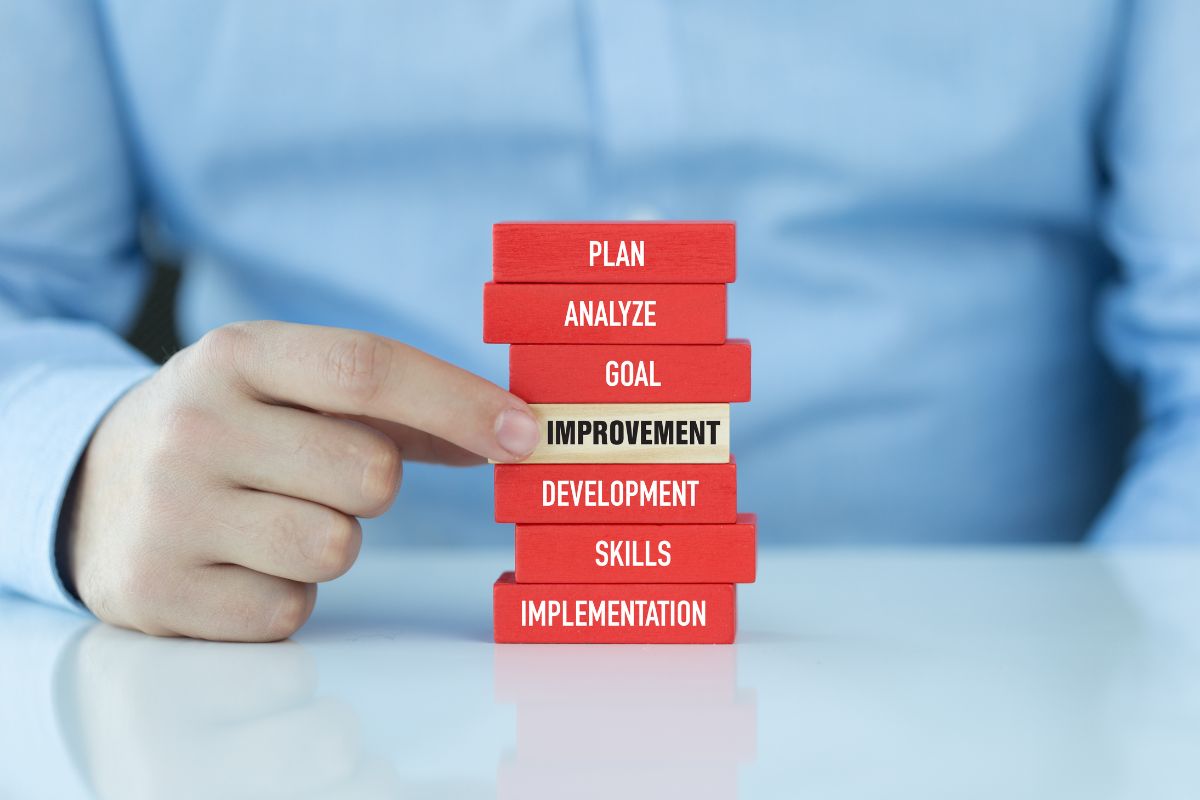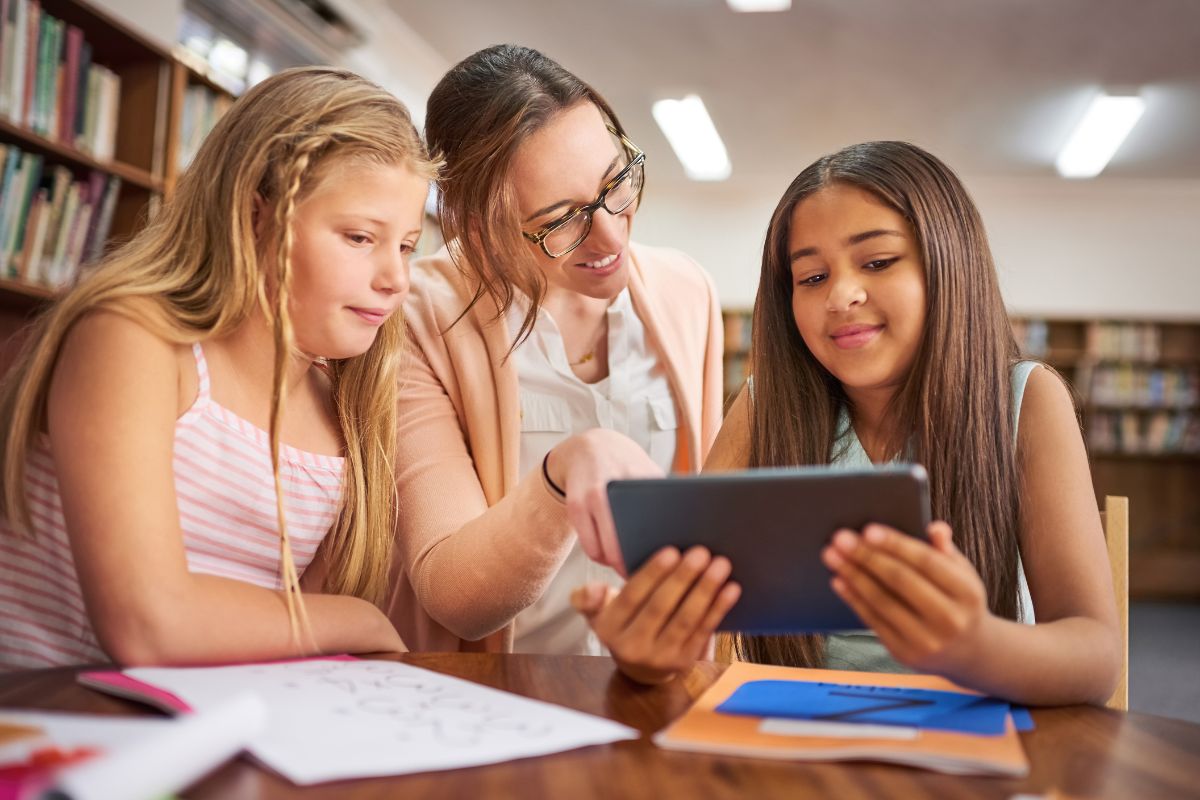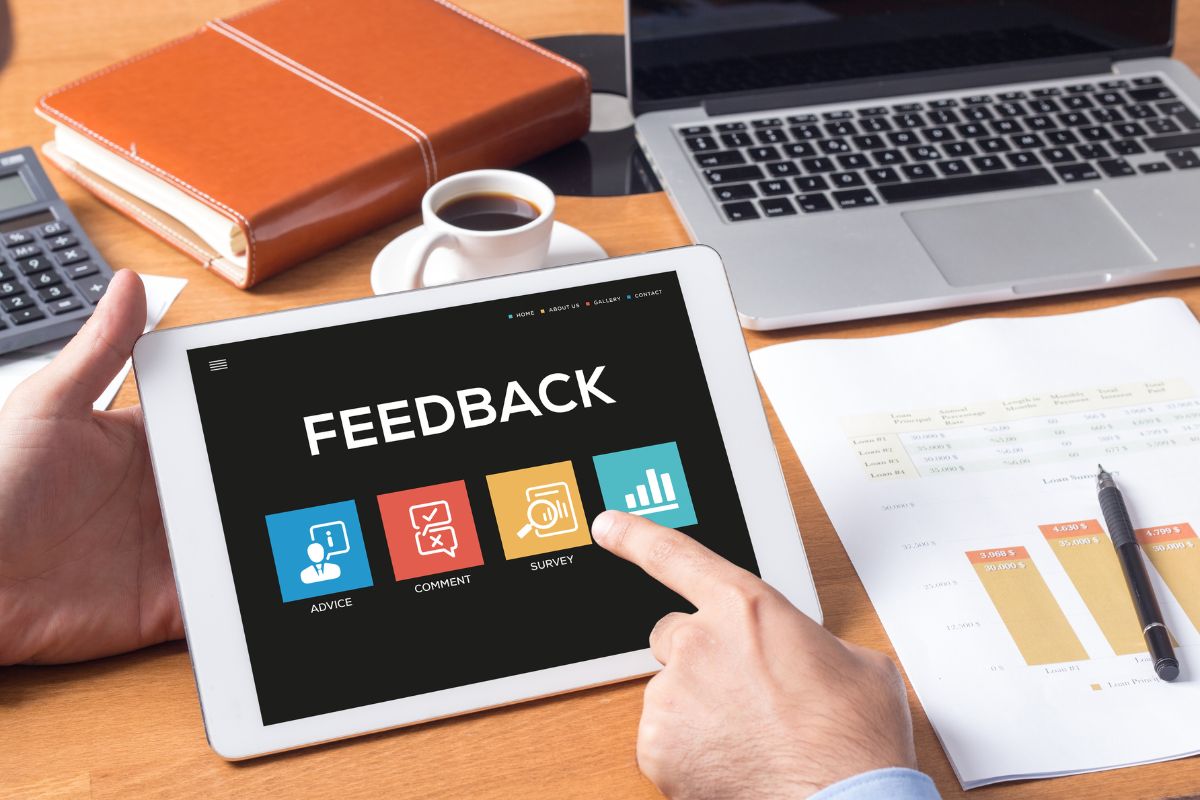In education, the concept has emerged as a powerful approach to fostering student success and achievement. Unlike traditional methods that focus on covering content within a fixed time frame, prioritizes depth of understanding and competency. This comprehensive guide explores the principles, benefits, implementation strategies, and impact on students’ educational journeys.
Understanding Mastery Learning
It is an educational strategy that emphasizes students mastering a concept or skill before moving on to more advanced material. It centers on the belief that all students can achieve high levels of understanding and proficiency given the right support and opportunities. Key principles of it include:
- Individualized Pace: Students progress through material at their own pace, ensuring they fully grasp each concept before advancing.
- Formative Assessment: Continuous assessment and feedback help identify gaps in understanding and guide instructional decisions.
- High Expectations: Setting high standards and providing support to help students meet and exceed those standards.
Benefits
Implementing Mastery Learning in classrooms offers numerous advantages for both students and educators:

- Improved Understanding: Students achieve a deeper comprehension of subjects as they master each concept before moving forward.
- Increased Engagement: Customizing learning experiences promotes student motivation and active participation.
- Higher Achievement Levels: It correlates with improved academic performance and retention rates.
- Personalized Learning: Tailoring instruction to individual learning needs enhances educational outcomes for diverse student populations.
Visionary CIOs recognize Mastery Learning as a transformative educational strategy, empowering students to achieve deep understanding and proficiency. By embracing personalized learning paths and leveraging technology for adaptive instruction, Mastery Learning fosters student engagement, accelerates learning outcomes, and promotes educational equity. These leaders champion innovative approaches that prioritize individualized student growth, preparing them for success in a dynamic, knowledge-driven world. Through strategic implementation and continuous improvement, Mastery Learning becomes a cornerstone of educational excellence, empowering every learner to reach their full potential
Implementing in Practice
Effective implementation of Mastery Learning involves several key strategies and considerations:
1. Assessing Prior Knowledge
Begin by assessing students’ existing knowledge and skills. Diagnostic assessments help identify strengths and areas needing improvement, guiding personalized learning paths.
2. Setting Clear Learning Objectives
Define clear and measurable learning objectives aligned with curriculum standards. Objectives should articulate what students are expected to know and demonstrate upon mastery.
3. Providing Structured Content
Present content in structured units or modules that build upon foundational knowledge. Break down complex concepts into manageable parts to facilitate understanding and mastery.
4. Utilizing Formative Assessment
Integrate ongoing formative assessments, such as quizzes, projects, and discussions, to monitor progress and provide timely feedback. Feedback should be specific, actionable, and supportive of students’ learning goals.
5. Differentiating Instruction
Adapt teaching strategies and resources to accommodate diverse learning styles and abilities. Offer enrichment activities for advanced learners and additional support for struggling students.
6. Encouraging Self-Paced Learning
Empower students to take ownership of their learning pace and progress. Provide resources and tools that facilitate independent study and exploration.
7. Collaborating with Peers
Promote collaborative learning environments where students can learn from and support one another. Peer tutoring and group projects foster teamwork and deepen understanding through shared experiences.
8. Reflecting and Adjusting
Regularly review student performance data and instructional practices. Reflect on successes and challenges to refine teaching strategies and optimize learning outcomes.
Impact
Research and real-world applications of Mastery Learning highlight its significant impact on student achievement and educational equity:
- Closing Achievement Gaps: It helps mitigate disparities in learning outcomes by providing targeted support and opportunities for mastery.
- Promoting Equity: By focusing on individual progress rather than standardized benchmarks, Mastery Learning promotes fairness and inclusivity in education.
- Preparing Students for Success: Mastery of foundational skills prepares students for future academic challenges and lifelong learning.
Challenges and Considerations
While it offers compelling benefits, its implementation may face challenges such as:
- Time Constraints: Balancing individualized learning with curriculum requirements and time constraints can be challenging for educators.
- Resource Allocation: Adequate resources, including technology and professional development, are crucial for successful implementation.
- Assessment Validity: Ensuring assessments accurately measure mastery and learning outcomes requires careful design and alignment.
Factors Influencing Mastery Learning Success

Successful implementation depends on several factors that educators should consider:
1. Teacher Training and Support
Educators play a pivotal role in Mastery Learning. Comprehensive training and ongoing professional development empower teachers to effectively implement personalized learning strategies, assess student progress accurately, and adjust instruction as needed.
2. Curriculum Design and Flexibility
A flexible curriculum that accommodates diverse learning needs and allows for personalized pathways is essential. Curriculum design should align learning objectives with Mastery Learning principles, offering opportunities for depth of understanding and application.
3. Technology Integration
Integrating educational technology can enhance Mastery Learning experiences by providing adaptive learning platforms, interactive resources, and data analytics tools. Technology facilitates personalized instruction, immediate feedback, and remote learning options.
4. Parent and Community Engagement
Engaging parents and the community in supporting Mastery Learning initiatives fosters a collaborative approach to student success. Communication about learning goals, progress monitoring, and support strategies enhances student motivation and family involvement.
Key Components of Effective
To ensure the successful implementation, educators should focus on these key components:
1. Clear Learning Objectives and Standards
Articulate specific learning objectives and performance standards that guide instructional planning and assessment. Clear expectations empower students to monitor their progress and strive for mastery.
2. Differentiated Instruction
Tailor instruction to meet diverse learning needs, preferences, and readiness levels. Differentiated instruction includes providing varied learning materials, activities, and assessments that accommodate individual learning styles and paces.
3. Formative and Summative Assessment Practices
Employ a balanced assessment approach that includes both formative assessments (e.g., quizzes, peer feedback) and summative assessments (e.g., tests, and projects). Formative assessments inform instructional decisions and support ongoing learning, while summative assessments evaluate mastery of content.
4. Feedback Mechanisms

Provide timely, constructive feedback that reinforces learning goals, highlights strengths, and identifies areas for improvement. Feedback should be specific, actionable, and supportive of student growth and self-reflection.
5. Student Agency and Self-Regulation
Promote student agency by empowering learners to set goals, monitor their progress, and reflect on their learning experiences. Foster self-regulation skills such as time management, organization, and perseverance in achieving academic objectives.
6. Collaborative Learning Communities
Create collaborative learning environments where students engage in peer collaboration, cooperative learning activities, and discussions. Peer interactions promote social-emotional learning, critical thinking, and collective problem-solving skills.
Conclusion
It represents a transformative approach to education, focusing on mastery, personalized learning, and equitable outcomes for all students. By emphasizing understanding over speed and embracing individualized learning paths, educators can nurture each student’s unique potential and foster a lifelong love of learning. As schools and educators continue to explore innovative teaching practices, Mastery Learning stands out as a promising framework for ensuring all students reach their full academic and personal potential.
Incorporating into educational practices not only enhances student achievement but also cultivates a supportive and inclusive learning environment where every student can thrive. Embrace it as a catalyst for educational excellence and equity in classrooms today.


















